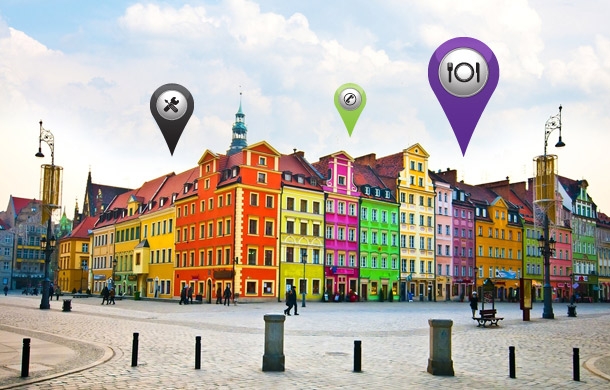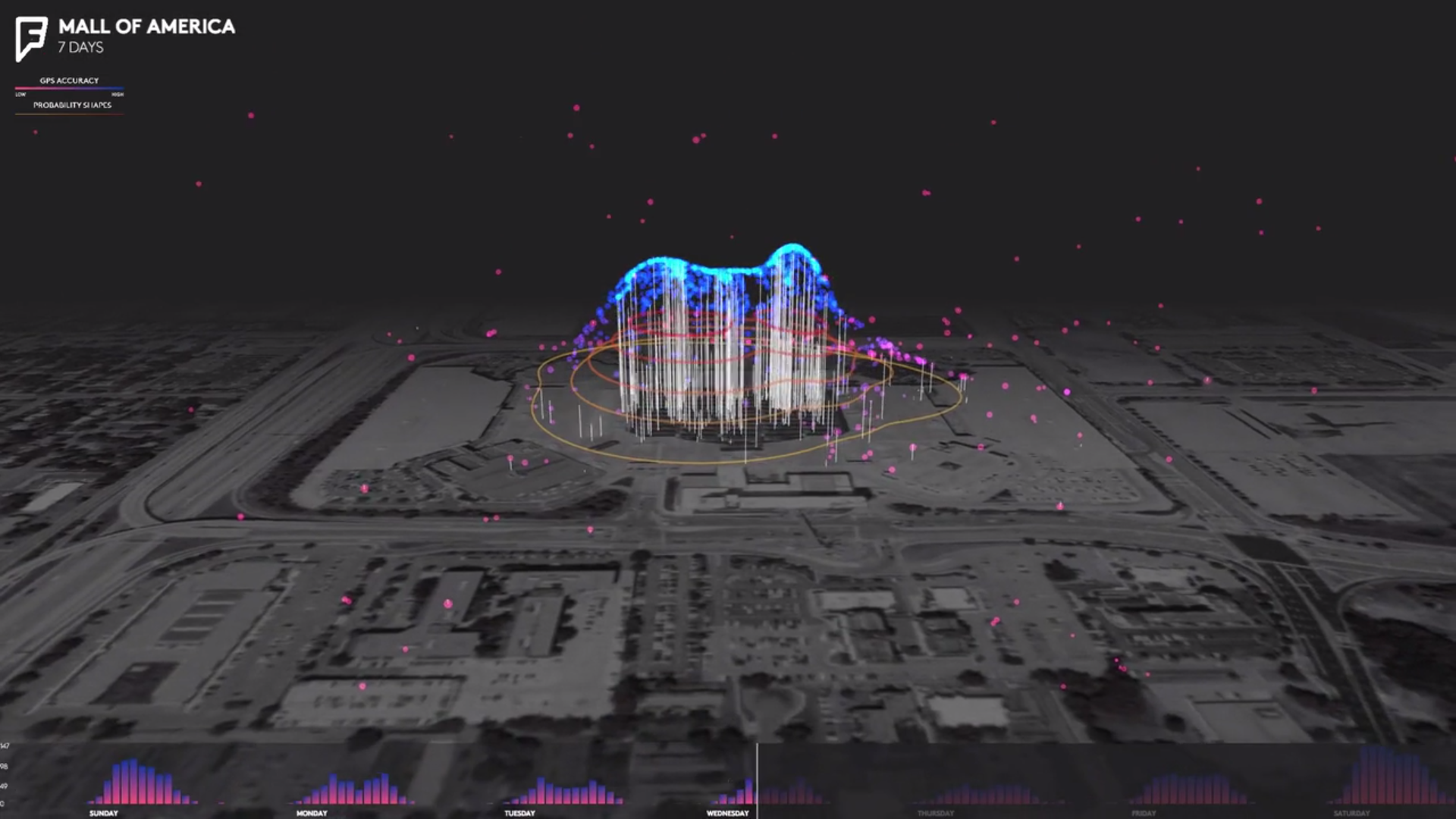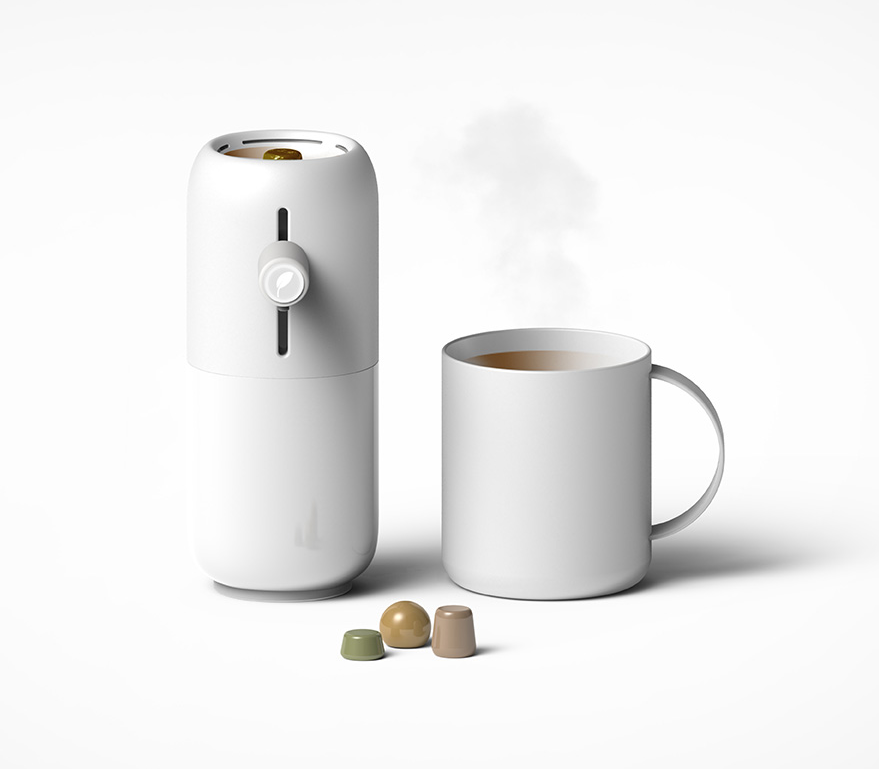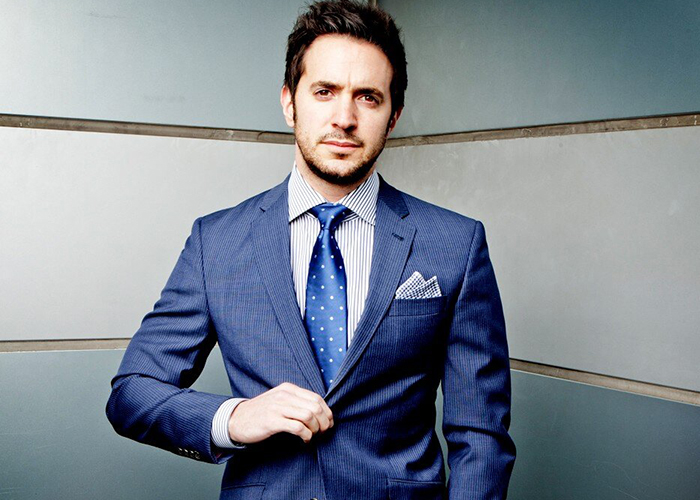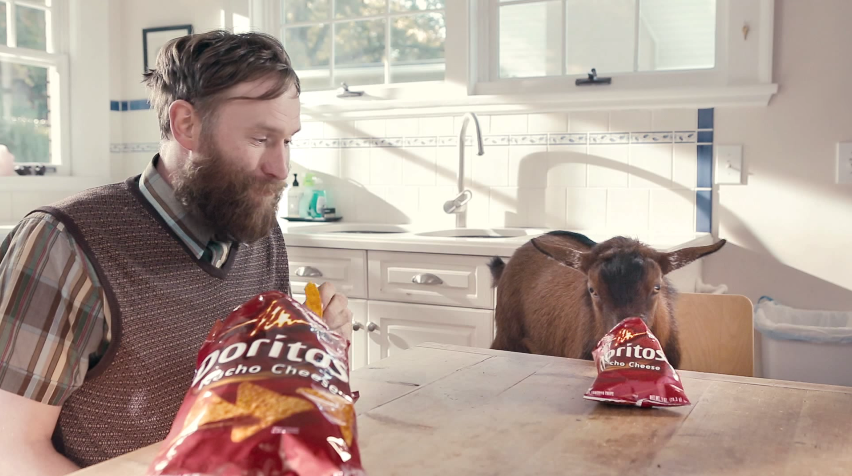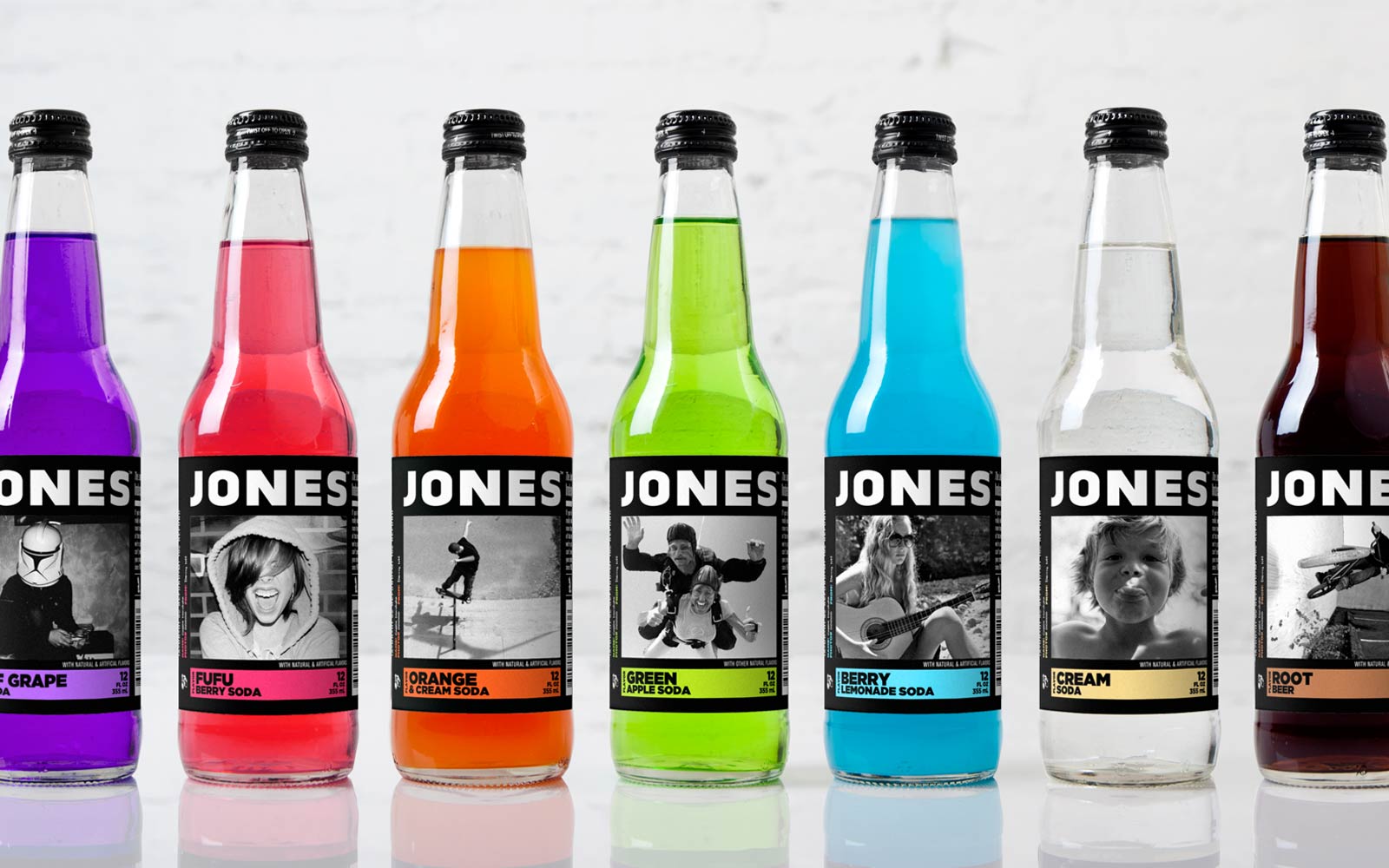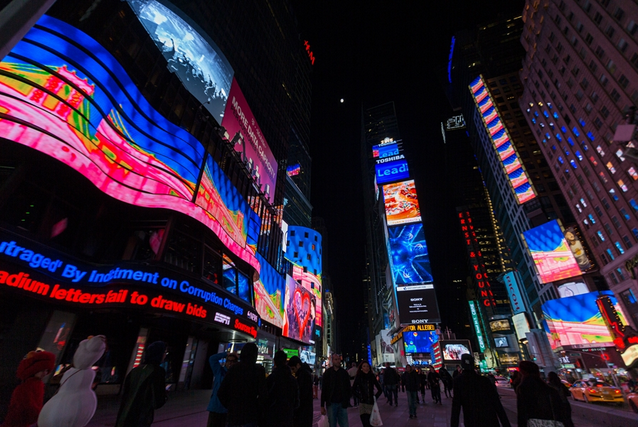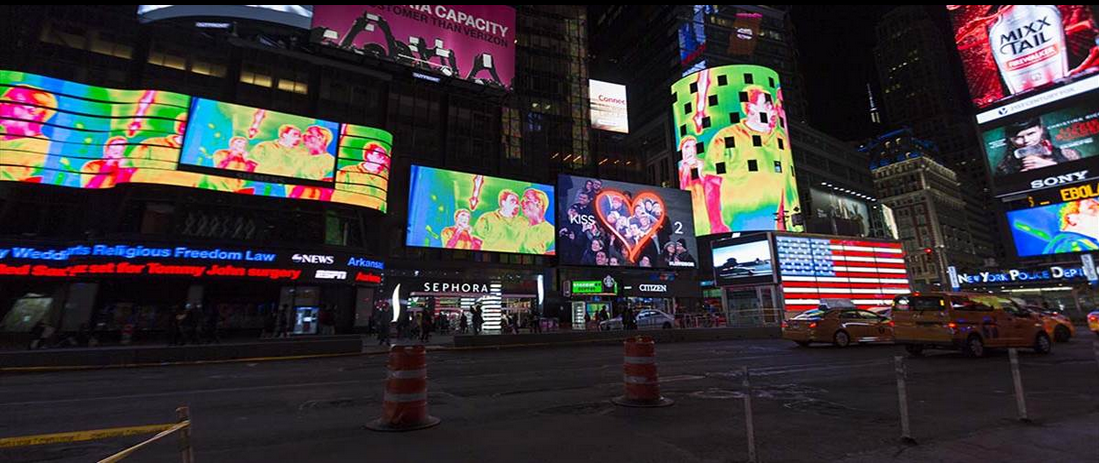There are a lot of ways to gauge the best brands around. And with the help of Brand Finance, Forbes, and Interbrand, we’ve created an infographic breaking down the best brands of 2014. Find out which brands made it to the top, below.
Monthly Archives: April 2015
Pinpointing The Best Audience
Almost a year ago, Foursquare began rebuilding it’s company by splitting into two apps– Foursquare, for discovery purposes and Swarm, for check-in purposes– and shifting it’s business focus. At the time, the decision left many users confused (and even drove some away, reportedly), but as of today, it is clear what Foursquare aspires to do: corner the market on location-based advertising.
Today, Foursquare announced the launch of Pinpoint, a location-based advertising service that will use geo-location information to target ads to the relevant consumer. While Foursquare plans to use information collected in both of it’s apps, it also plans to target non-Foursquare users. Location-based advertising has been around for some time now, but Foursquare plans to use it’s extensive database of locations– something that could only be built with the help of it’s app users– to pinpoint “the precise places that [advertisers’ audiences go] to in the real world.”
Pinpoint will open up new ways for brands to micro-target the correct consumers. For instance, if a user has checked into Chili’s and Applebee’s, they might soon be targeted by Olive Garden, one of the first brands to adopt Pinpoint. Brands like Samsung, Choice Hotels, Land Rover and Wild Turkey have signed up for the service, as well.
As with all location-based targeting, brands will have to balance being seen as “creepy” with the value they can provide to customers. This balance is a priority especially given the specificity of the locations being shared. Brands might be able to manage this by offering deals directly to the consumers they now know will have the most interest.
What Sparks Our Fire: Exciting new ways for brands to reach their most receptive audiences
Coffee Of The Future
Single serve coffee pots and their plastic pods are brewing up a lot of controversy, and Singapore-based designer Eason Chow has come up with a conceptual solution to the wastefulness. Instead of the plastic pods, the coffee pot uses sugar covered pods that dissolve in hot water. The pods would come in different sizes and flavors, and the amount of sugar would be adjusted by the thickness of the sugar coated shell. “Chow said he was inspired by sugar-coated candy from his childhood, which would reveal different flavors as the layers dissolved.”- Fast Company.
What Sparks Our Fire: Creative designs that help our favorite products become more environmentally friendly
Marc-eting 101: User-Generated Content
The (he)ART of NYC
New York City at it’s core, is known as a center of the arts. You can get your art fill all over the city, making stops along museum mile, gallery hopping in Chelsea, taking in the street art in Dumbo, or making the trek out to PS1 in Queens, and now even in one of the most iconic spots in all of the city… Times Square.
Now, as New Yorkers, we tend to avoid Times Square at all costs, but artist Peggy Ahwesh’s City Thermogram, has made it a destination spot for art lovers as well as tourists.
City Thermogram unveils both NYC’s electrical grid and the heat signatures of the human bodies that crowd its streets onto many of the largest billboards in the area. It’s a portrait of the urban everyday through the lens of a heat-sensitive camera. Using innovative technology, the piece recasts our ‘photographic’ world into one of unexpected revelations about our bodies, energy sources and personal devices. While this technology is usually used for scientific purposes, in Ahwesh’s hands the camera reveals the dynamism of the human body and offers a heat-based visualization of the electrical power grid that we all operate within.
This is part of the Midnight Moment series, the largest coordinated effort in history by the sign operators in Times Square to display synchronized, cutting-edge creative content on electronic billboards and newspaper kiosks throughout Times Square every night.
What Sparks Our Fire: Innovative Art in Unexpected Places



